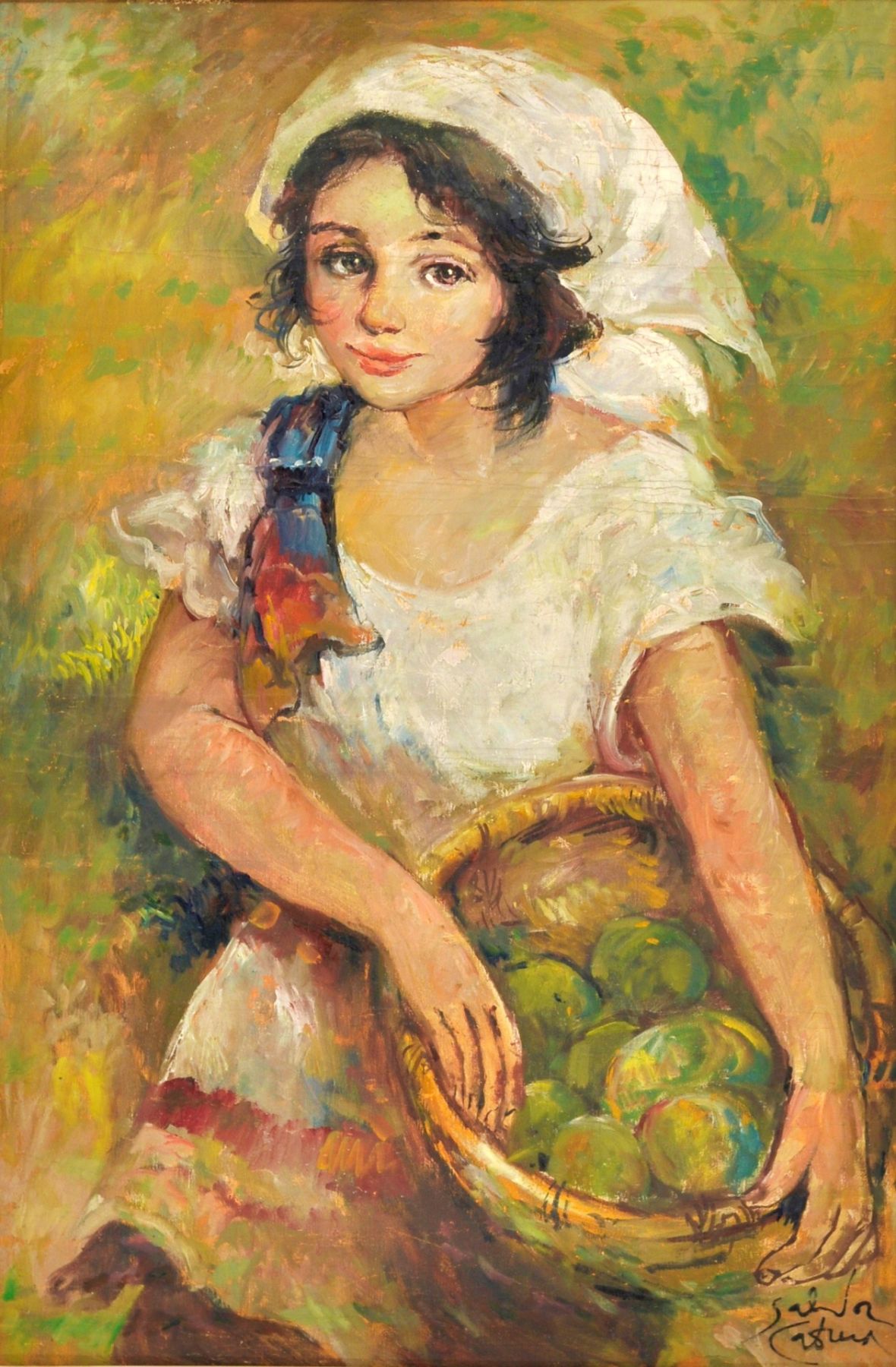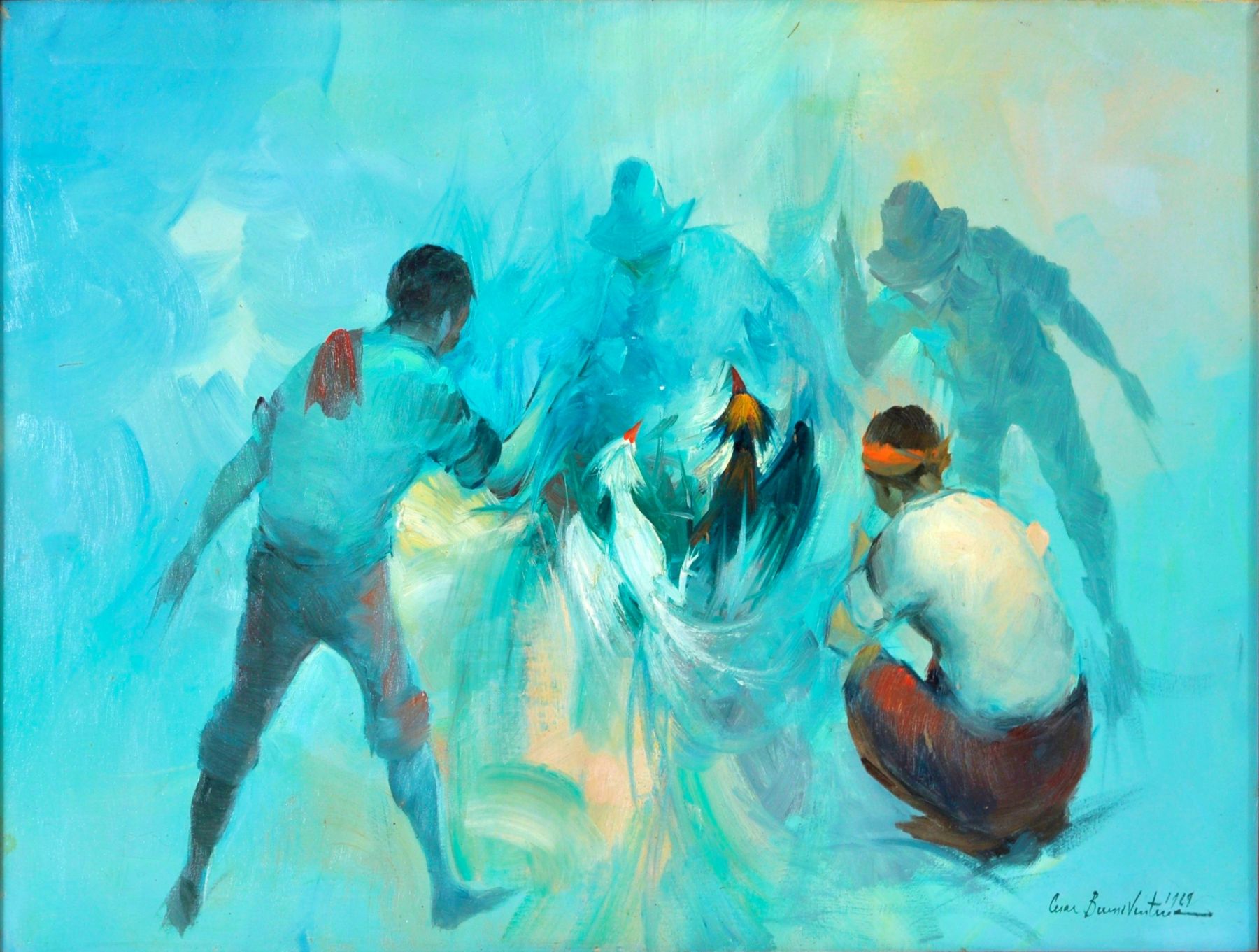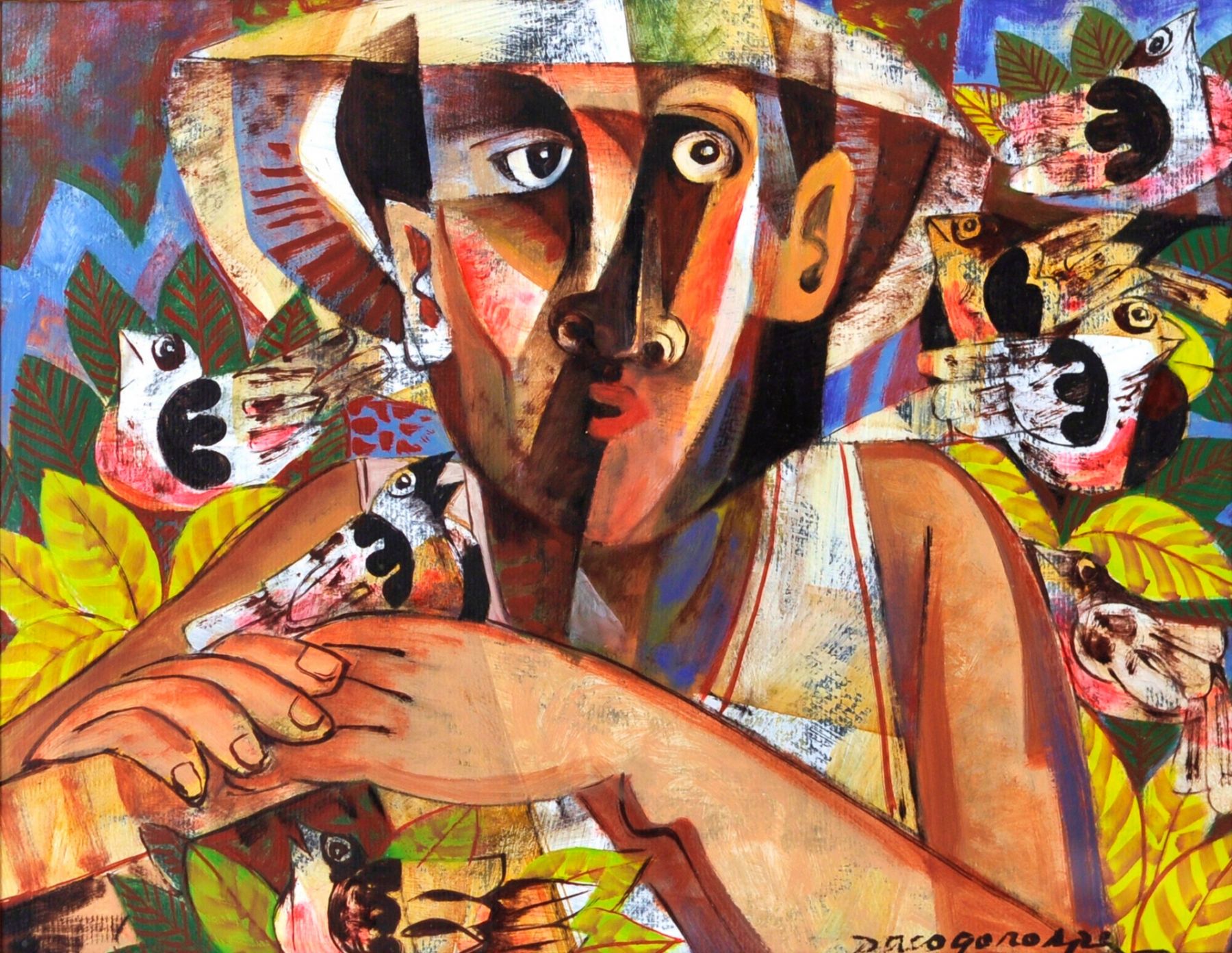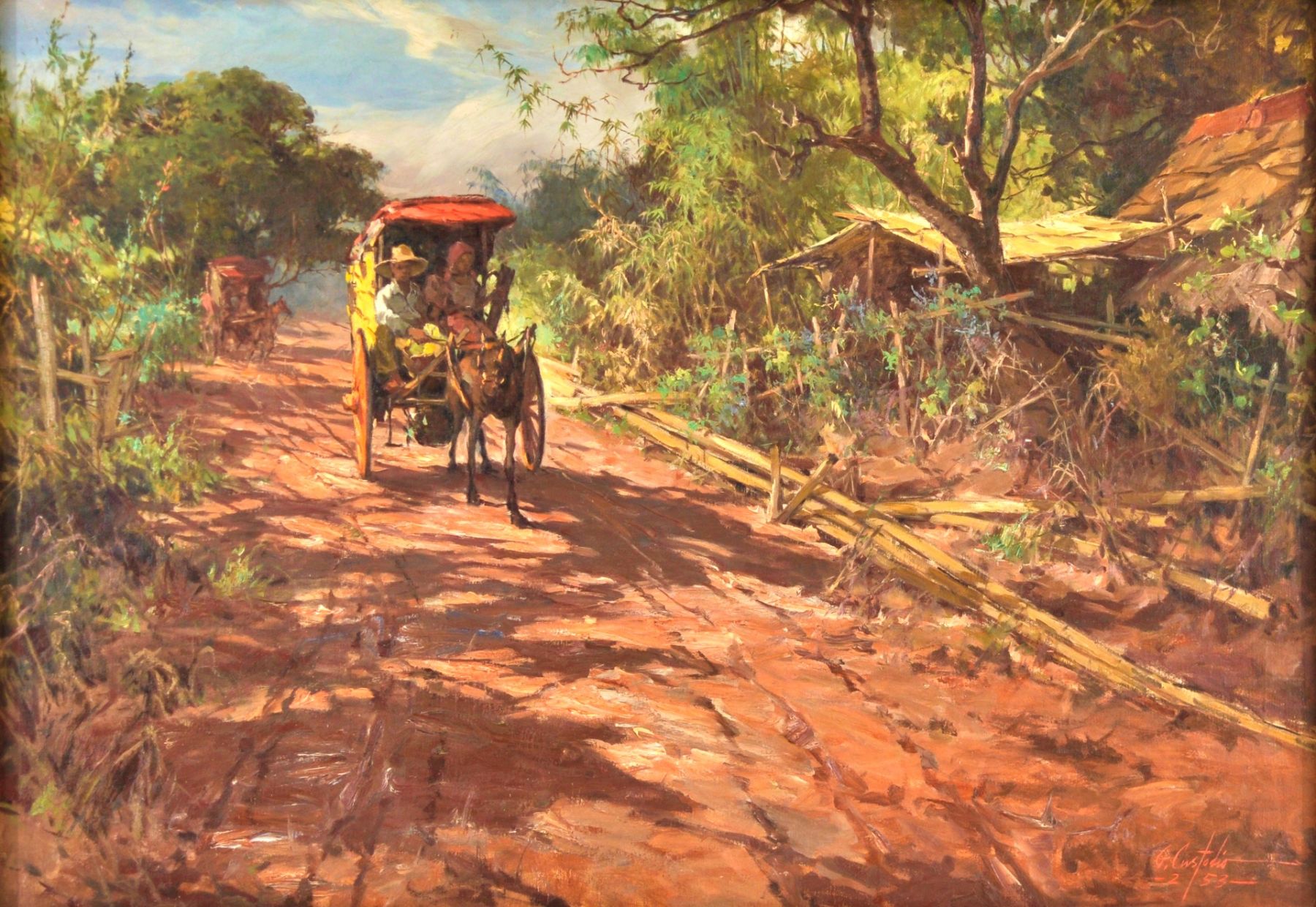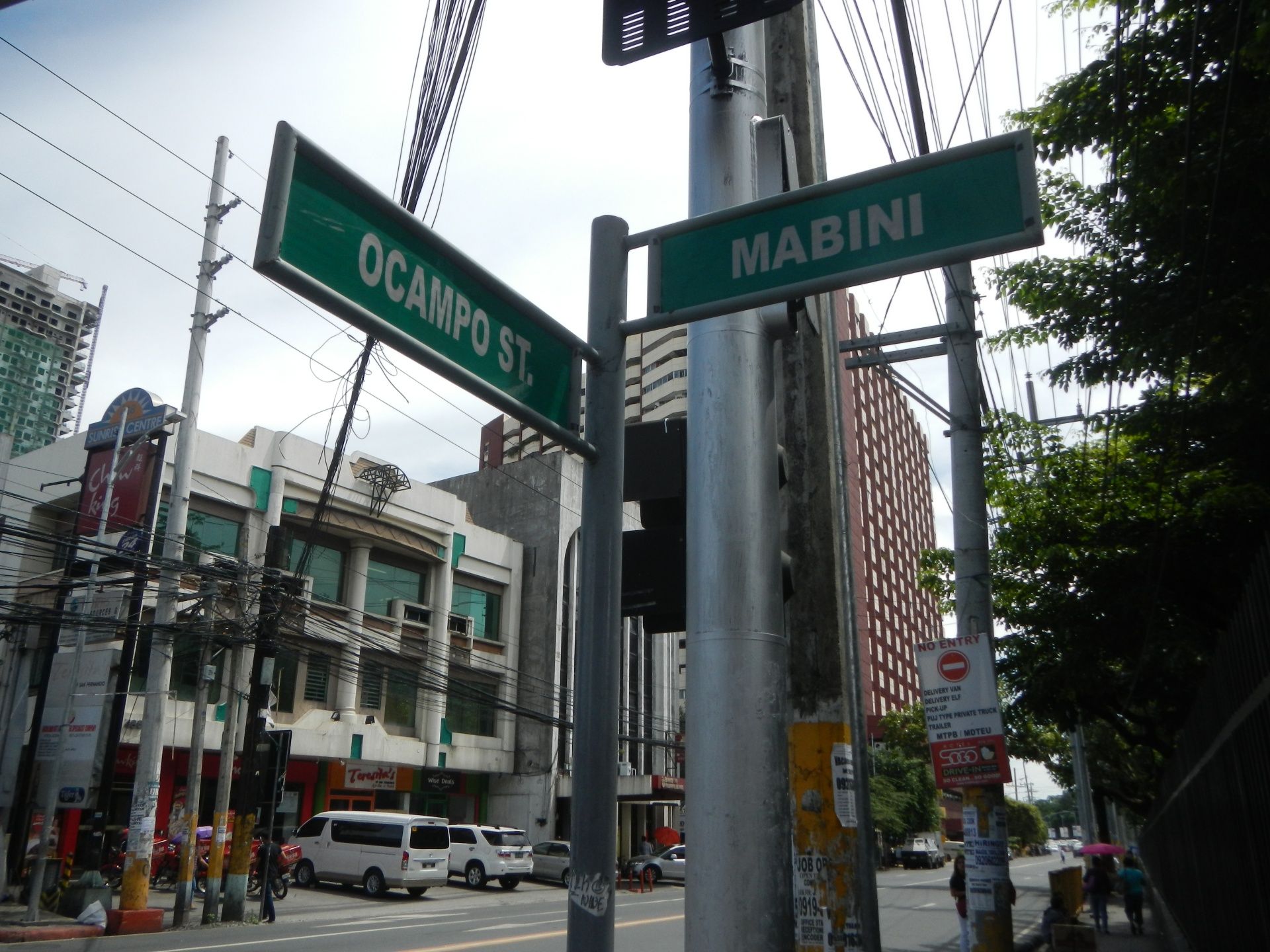As haven of Philippine art after WWII, this two-kilometre street used to be the metro's most colourful destination.
The Cultural Centre of the Philippines (CCP) revisited the renowned Mabini Art Movement during its 2013 exhibition curated by Pearl E. Tan, PhD. Art collectors flocked to CCP's Bulwagang Juan Luna to get a glimpse of the so-called "forgotten" art that flourished in the 1950s up to the 1990s and had solidified this humble street at the heart of Ermita as an arts and culture hotspot.
In 2020, the art of Mabini Street was exhibited again at the National Commission for Culture and the Arts (NCCA) Gallery, featuring the collection of Yolanda Buan and her late husband, Rogelio. Together, they established Yolanda's Art Gallery along the popular street in 1969 and ran for ten years, exhibiting the works of Filipino art luminaries of the 20th Century.
Popularly called the Mabini Art Movement, the distinctive style and form of post-war masterpieces that sprouted from this quaint street at the heart of Ermita, Manila follow the conservative style of National Artist Fernando Amorsolo. When Purita Kalaw-Ledesma's 1955 Art Association of the Philippines (AAP)-Rotary Club Art Competition allegedly favoured the "modernists", artists from Mabini Street walked out to protest against the judges.
Read More: Purita Kalaw-Ledesma: The Woman Who Changed The History Of Philippine Art
Mabini Art was known for its uncredited paintings bought at low prices in the shops along the said street as well as other galleries and shops around the district. For decades, the shift to modernism, expressionism, and abstract, as well as the notion that Mabini paintings are imitations of Amorsolo's world-class classical style, have made these paintings dubbed as "low quality" or "cheap art", according to Dr Tan. However, the CCP exhibition in 2013 gave this local movement a form of redemption, revisiting the visually striking masterpieces and had shed light on its aesthetic progression as a product of popular art. Being a reproduction of how fine art was defined by Amorsolo at his career's height for the general public to appreciate, Mabini Art, indeed, falls to this category.
"This popular art thrives on the congruence of tastes and artistic notions of the Mabini artists and their clients, and by the respective functions or significance of the products to them, namely, as a livelihood to the artists and as decorative objects to the clients," Dr Tan wrote.

